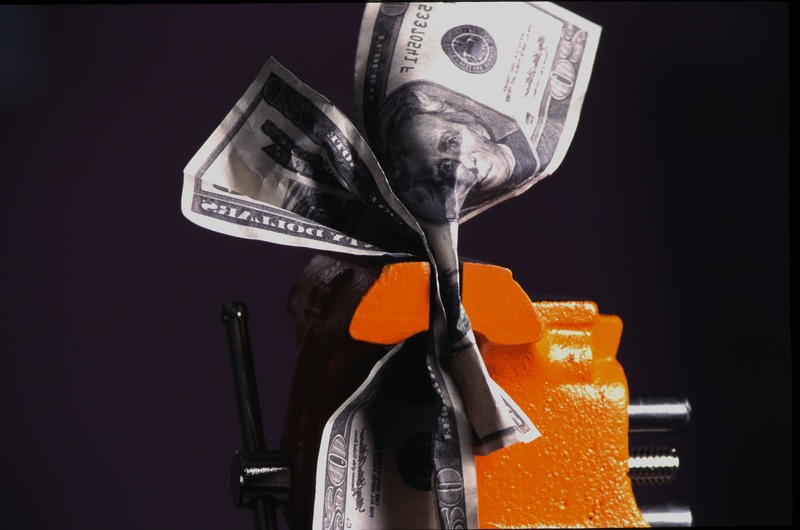How Social Lending Works
Here at Frugal Living, I try to keep up with the latest in personal finance and home budgeting. That might sound like a dry topic, but maintaining a family budget is one thing all of us share in common. So when I learn about something that might help people make ends meet or make a little bit better living, I like to pass that knowledge on. This time, I think I’ve stumbled upon something good.
 Peer to Peer Lending: What Is It?
Peer to Peer Lending: What Is It?
Somehow, the peer-to-peer companies completely passed my notice. Here recently, I kept noticing the Weemba ads that seem to be everywhere.
When I looked up Weemba, I noticed they say they weren’t a “microloan” or “peer-to-peer” site, which immediately got me to wondering about what the heck either of those were.
Prosper and Lending Club – Top Social Lending Sites
That led me to a whole new world of online financing. I read about Prosper and Lending Club, the two biggest American p2p websites. Then I read about Zopa and Funding Circle, two big UK social lending sites.
Then I realized Lending Tree had been doing this all along and it wasn’t totally alien to me. I read on one of these sites (I can’t remember which one) that you can become an investor (that is, lender or creditor) for as little as $25, so I started thinking about becoming a social lender, just to see what the world of microfinance is like. Hopefully, I’ll never have to be a borrower.
Zidisha: Social Loans for Developing Countries
The lesser known versions of these companies are the ones I find so interesting, though. Zidisha‘s name sounded a little like Zopa to me, but then I learned this social networking loan site was founded by a housewife in Virginia who wanted to use crowdsourcing to finance economic development in developing countries.
Zidisha isn’t a big player like these other multi-million dollar companies, but it’s used person-to-person loans to send over $100,000 overseas to help people in the so-called third world. Since these micro-loans don’t have to go through corrupt government officials or local warlords, the people taking out these loans have a good chance of seeing the money. Borrowers use village computers and net cafes (where available) to apply for social lending, but I just find this a beautiful idea. I wish Zidisha tons of success, because they’re trying to bring positive change to the world.
Social Finance – P2P Student Loans at SoFi
Another of these micro-financing companies that attracted my attention was “Social Finance” or “SoFi“. In this case, crowd-sourcing and peer-to-peer loans are beings used as alternative student loan sources. College students apply for student loans not from banks and credit unions, but from private citizens willing to float them loans for a university education.
From what I can tell of Sofi, they try to hook up borrowers from the same school as the lenders, who I suppose are alumni. About 30 schools are participating in Social Finance right now, including Harvard, Yale, Columbia, NYU, MIT, Notre Dame, the University of Virginia, BYU, USC, Cal-Berkeley, Stanford, and Northwestern–just to name a few.
You might say that these are schools that only rich kids attend, but that is by no means the case, at least not traditionally. With the state of the banking system, we might have been heading that way. It’s true, the price of an education at the big name college institutions have gotten so outrageous that it’s starting to create a wall where only the elite dare to apply.
Why Social Lending Is Good
With social lending, I see a way that responsible private citizens can help their fellow Americans get a good education, make a profit doing it, and end up helping the future of this country while doing it. Online peer financing might sound like a lark, but publications from the New York Times to US News & World Report to Forbes have covered the phenomenon and suggested p2p loans may help save the banking system. Once again, I see more power to them.


